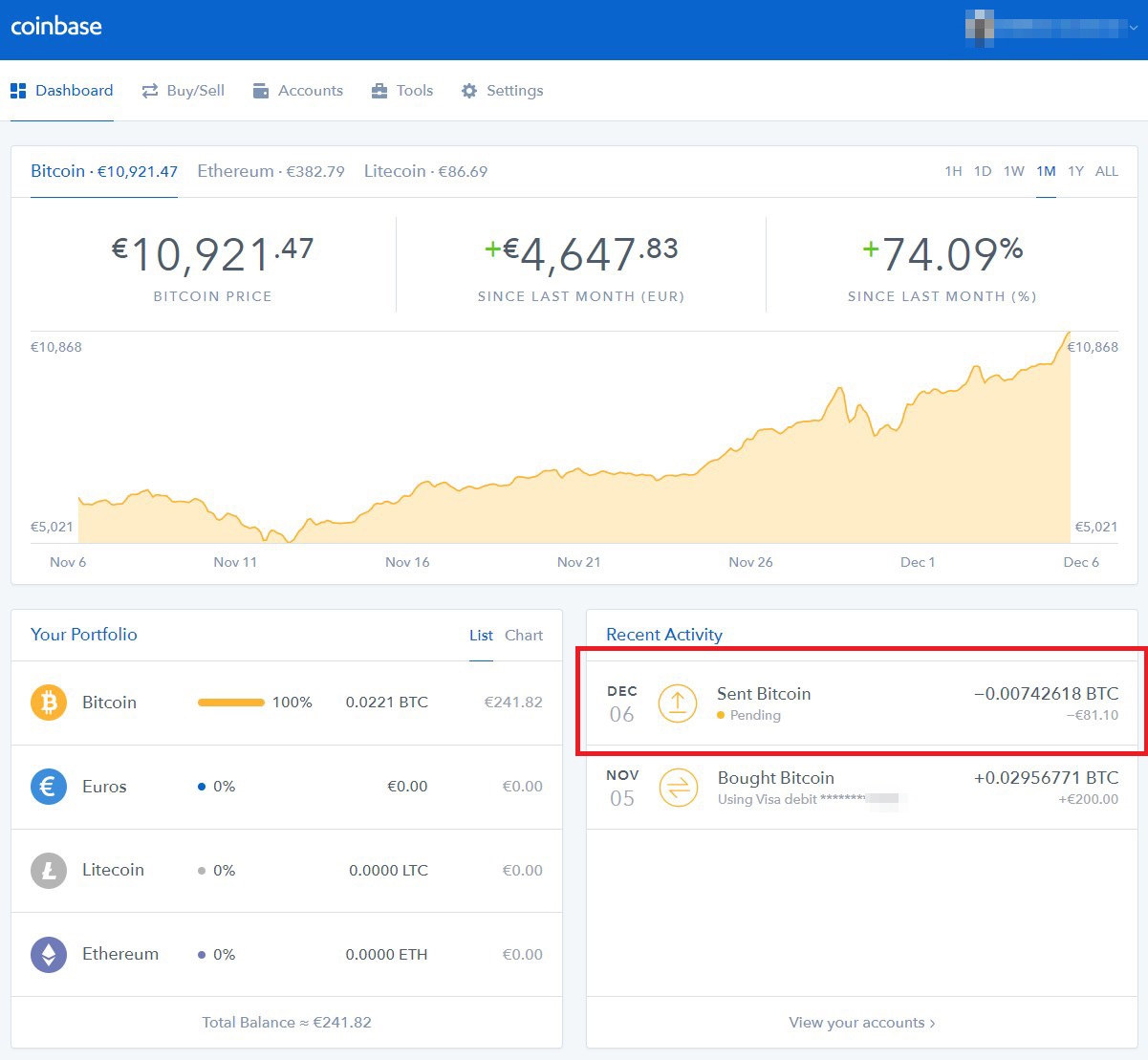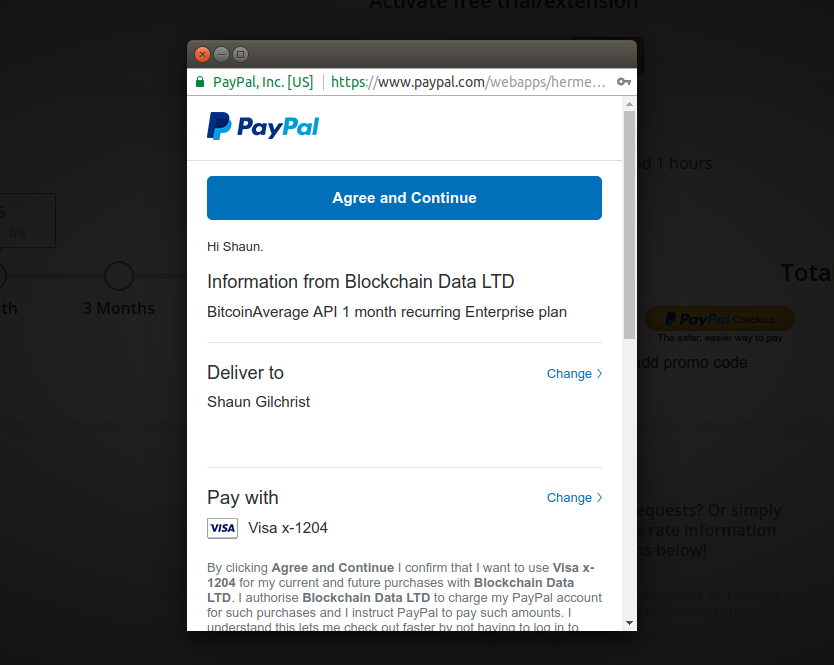

Once a miner picks up the transaction and includes it in a successfully mined block the transaction is considered to be confirmed. You can view the current state of the Mempool here.ģ. This is sort of a “waiting room” where the transaction sits and waits for a miner to pick it up and pack it into a block of transactions.Īt this point the tx is considered an “unconfirmed transaction” or a “0 confirmation transaction”. After a transaction is deemed valid it goes into the Mempool (short for Memory Pool). The transaction is checked by every computer holding a copy of the Bitcoin blockchain for validity (these computers are also known as nodes).īasically, at this stage the nodes are checking Bitcoin’s transaction history to prove that you actually have the Bitcoins you want to spend in your balance.Ģ. But in order to understand fees in detail we, first need to understand what happens when you send Bitcoins to another address:ġ. For a detailed explanation keep on reading, here’s what I’ll cover:įees are what Bitcoin owners pay to bitcoin miners whenever they transfer funds to another bitcoin address. Not paying enough fees can sometimes get your transaction stuck for a very long time. To determine whether to include a transaction in the blockchain is worth their while, miners will take a look at which transaction has the highest fee attached.

Don’t like to read? Watch our video guide insteadīitcoin transaction fees (sometimes referred to as mining fees) allow users to prioritize their transaction (sometimes referred to as tx) over others and get included faster into Bitcoin’s ledger of transactions known as the blockchain. This guide will explain the basics of Bitcoin fees from how they are calculated to what you can do in case you didn’t pay a big enough fee.


 0 kommentar(er)
0 kommentar(er)
